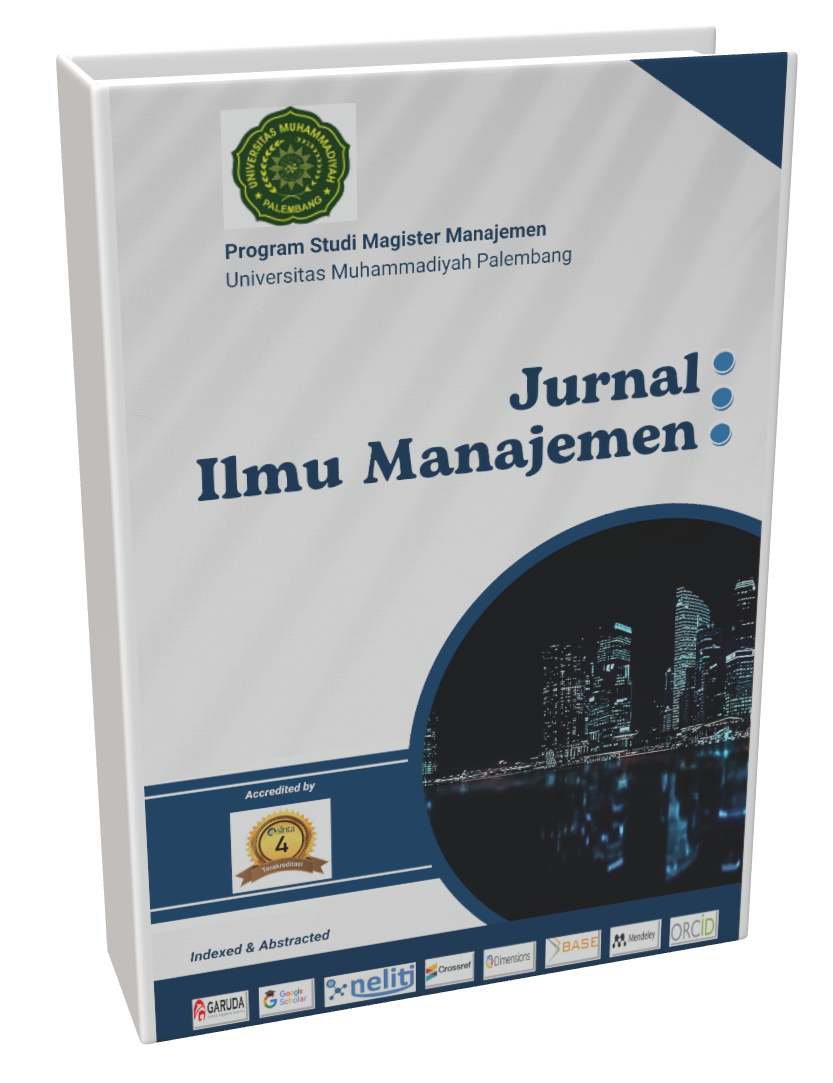Employer Branding as a Strategic Differentiation for Key Positions in the Telecommunications Industry
DOI:
https://doi.org/10.32502/jim.v15i1.883Keywords:
employer branding, key position, Talent Attraction, Talent Retention, strategic human capitalAbstract
In the competitive talent war, employer branding has become an important strategy to attract and retain talent for key positions, especially in the highly dynamic and competitive telecommunications industry. This research aims to design an employer branding strategy for key positions in PT XYZ, focusing on how employer branding influences the decision of talents in key positions to be interested in joining and staying in the company. Using a descriptive qualitative method, data was collected through interviews, document analysis, surveys to employees and candidates for key positions. This research utilizes Moesly & Schimdt's employer branding framework in the steps of building a strong employer branding. The research findings show that employer branding efforts, especially those that emphasize career development opportunities, building authentic EVP values, developing talent communities, digital recruitment platforms and increasing employee engagement in employer branding programs play an important role in attracting and retaining talent in key positions. The proposed strategies include EVP internalization, cross-unit collaboration, talent community development and strengthening the employer branding platform. This study contributes to the academic discourse on strategic human resource management especially employer branding and offers practical recommendations for companies that want to become employers of choice in the telecommunications industry.
Downloads
Published
How to Cite
Issue
Section
License
Copyright (c) 2025 nofita ningsih, Wendra, Kamisah Supian

This work is licensed under a Creative Commons Attribution-ShareAlike 4.0 International License.




.png)

